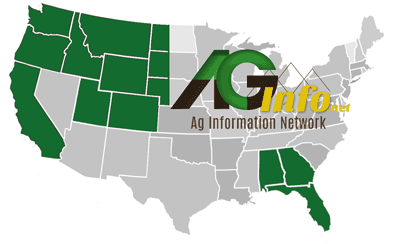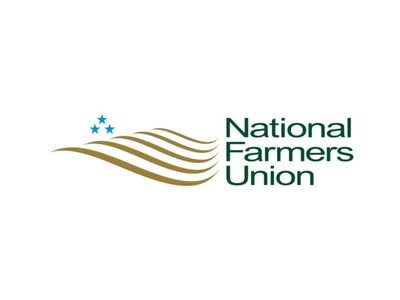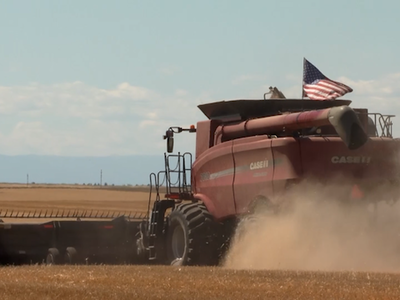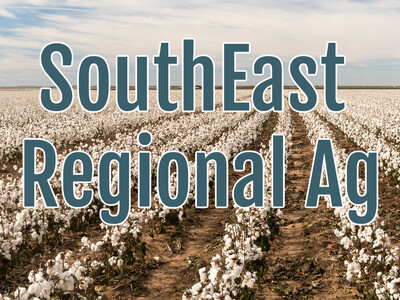Regenerative Agriculture And Nutrient Density

Tim Hammerich
News Reporter
Farmers who adopt regenerative practices may start to see measurable improvements in the nutrient content of the commodities they produce. Heidi Diestel says at her family’s fourth-generation turkey farm, they’ve found that combining regeneratively sourced feed with regenerative management can actually improve the nutrient profile of their turkeys.
Diestel: We sourced regeneratively grown corn and soy, and what we started finding is the nutrient density in that corn and soy was actually a bit higher. And so what that translated to, the birds, along with the access to regenerating land, combined has a more nutrient-dense outcome.
The increased nutrient density was validated in a study conducted by Iowa State, Diestel says.
Diestel: All of our programming was higher nutrient density, but specifically the regenerative bird had one and a half times better omega-3 omega six ratios and 14 times higher antioxidant levels, which is pretty amazing. So that, that was really cool to see that there's actually a difference in the nutrient density like with data. It's real, it actually exists.
The Diestel family’s experience indicates that regenerative practices can be directly connected to healthier food.












